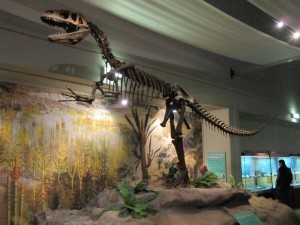You’re going to hear it a lot now: The God Particle has been found. That’s deliciously close to saying God has been found and you better believe some people are going to run with that. I suppose, technically, they’re all God particles, if you believe in a prime mover anyway. But why this one? Why is it the God particle? [Read more…]


